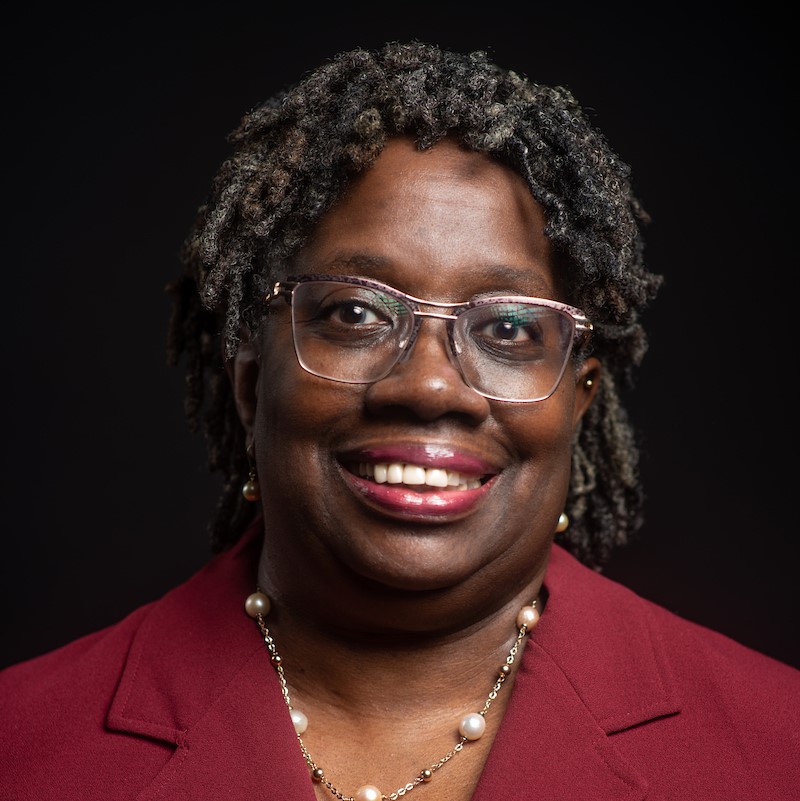Program funders and impact investors are vital parts of the community development ecosystem, helping power transformative progress every day. But even with their support, years of unrelenting pressure have taken a toll on community-based organizations. Can funders urgently ramp up operating support, or will communities lose vital parts of their social infrastructure?
I’m unsettled as I retire from nearly 24 years at LISC to see where community development stands today. I’m not sure people have fully recognized the toll the last few years have taken on local nonprofits, especially community development corporations (CDCs). They are the ground game for this work, and for decades we have leaned on them to test new ideas, implement new models and scale up impact. They are the country’s economic first responders and the drivers of social progress. I wonder if that will still be true in the decades to come.
The truth is that many local nonprofits are starving. While program funding and impact investments power many innovative aspects of community development, these community-based non-profits need new funding for operating costs if they, and their work, are to survive. Our national progress on everything from affordable housing and family wealth-building to health, safety and jobs depends on it.

That’s why I have been out talking to public and private funders across the country, urging them to consider the importance of increased operating support—because for many of these non-profits, the pressure has been mounting for years. They have been running full speed since the last recession to support communities that never fully recovered from the 2007 housing crash. Add to that the intense pressure of the pandemic, rising operating costs, high interest rates, new capital constraints, and threats to project portfolios—and many find themselves pushed to the edge. They drained their reserves to meet urgent needs, and now find that there are few options to recoup those outlays and to make sure this work is fully covered going forward.
Even community development financial institutions (CDFIs) as large as LISC require operating support to fuel our organizations. Funding declines can wreak havoc on our budgets and, as a result, also affect our ability to scale up impact. We have bigger balance sheets and greater program diversity to help navigate economic crosswinds; yet those pressures can still negatively affect our operations.
This is much harder for boots-on-the-ground organizations working in underserved communities. These organizations directly engage with residents in crisis and address persistent social and economic pressures that ripple throughout urban and rural regions. They design and implement place-based strategies that reverse the impact of discrimination and disinvestment. And they are on front lines of economic and climate disasters, keeping people housed, keeping businesses open and filling gaps that no one else in the country can effectively address.
They don’t do any of that alone, of course. But they are the linchpin—as important to residents, business owners and municipal leaders working to build local prosperity as they are to philanthropy, impact investors and federal agencies looking fuel growth. Because of their success, we know beyond any doubt that underserved communities can be good places to live, work and invest. Without them, the distribution network for community development capital will falter, and so too will much needed progress.
I have been around long enough to remember when a significant commitment to operating support was commonplace. It was recognized by both public and philanthropic funders as a critical aspect of community development, helping organizations build the internal systems and structures needed for long-term financial stability. I’m not sure the CDFI industry, for instance, would be where it is today had it not been for dedicated pools of operating support in our early days. Think about the multiplying effect of those grants: CDFIs have raised and deployed tens of billions of dollars in impact-first financing to build homes, businesses, health centers, day care centers, schools, recreational facilities and more. That early funding seeded impact far beyond the reach of any one grant.
Local nonprofits need that same kind of support right now. They are not just mom-and-pop shops, even if some of them are small. They are economic engines for their communities and can create opportunities for tens of thousands of people, every day. In addition to funding, they need professional boards to guide them and bolster their management and development expertise. They need strong standards for financial and impact reporting, as well as consistent support for accounting, board development, and complex real estate transactions.
In other words, their level of professionalism and performance should reflect the enormous value proposition of community development. These organizations need to bear that in mind in the way they manage their operations, and funders should keep in mind when they consider the value of local infrastructure.
I am going to keep telling this story, and I hope you will join me in acting on it. I am truly honored to have been able to do this work, not just with my remarkable colleagues at LISC for over two decades, but side by side with neighborhood partners, corporate and philanthropic leaders and policymakers who care deeply about our communities and our country.
ABOUT THE AUTHOR
 Denise Scott, President
Denise Scott, President
With more than three decades of experience in community development, Denise leads LISC’s investment in 38 local offices in cities and rural communities across 49 states with a firm commitment to ensuring local leaders have the platform and capacity to drive strategies for equitable community change. She is responsible for providing vision and setting the strategic direction for local offices and national programs and leading implementation of enterprise priorities like Project 10X. Denise previously served as LISC’s Executive Vice President for seven years. In this role, she elevated the field agenda and refined a service delivery system for national resources, investments and technical assistance to maximize LISC’s impact.
@LISCDeniseScott